This is a free fortnightly newsletter about the New Zealand Net. If you would like to be notified by email when a new edition is published, please contact ZL1NZ.
Browse our Newsletter Archive and List of Net Tips.
Featured key
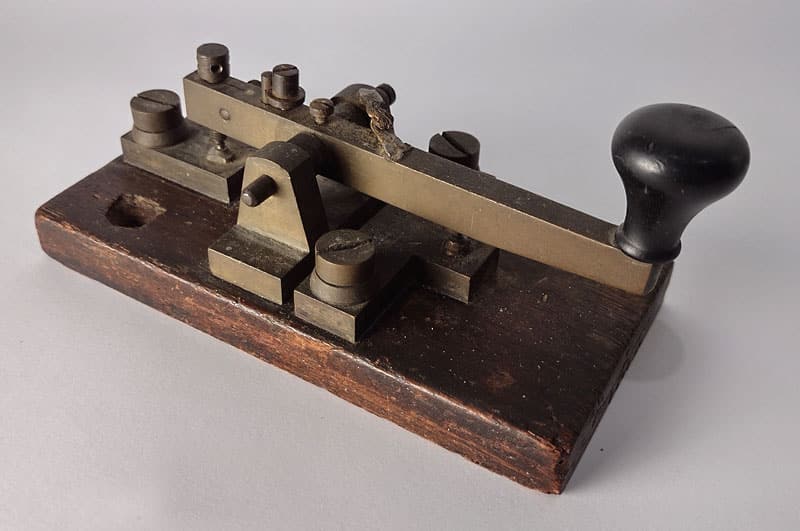
Not just another Post Office key, this one holds fond memories for Graeme ZL2TE. Don’t miss his story about it later in this edition of NZ Net News.
* If you have an interesting key for this feature, please send me a nice clear photo and a few words describing it.
Quick notes
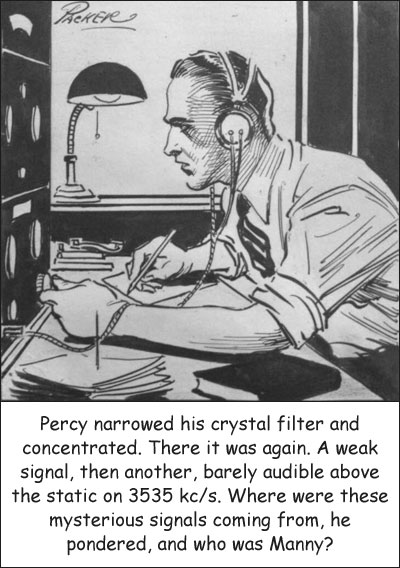
FISTS Down Under sponsors a one-hour contest every Friday evening from 1100 to 1200 UTC. Work as many contacts on 80m as you can using a bug or straight key. Stop and have a chat or just exchange name, RST and FISTS number. Email your logs as Word, Excel, PDF (whatever, really) with a summary including number of QSOs (and your point score) and some soap-box comments.
Last weekend’s Sangster Shield QRP contest on 80m included at least four NZ Net stations: Bruce ZL1BWG, Grant ZL2GD, Barry ZL2LN and Graeme ZL2TE. Apologies if I’ve missed anyone.
Straight Key Night is just two weeks away. Hope to hear you on Sunday 12 June between 8 and 9pm on 80m.
ZL1RA becomes a Net Member. Congratulations to Mike for completing the required 25 check-ins to qualify as a NZ Net Member. (We have another op getting close to his first 25 QNIs too!)
Gerard ZL2GVA is upgrading from an FT897 to a K2 with 100W amp. He has some work to do on the K2 first, but that Elecraft QSK will be so nice.
Many of the Net Tips that I write for these newsletters relate to traffic handling. But in this edition I want to speak to the operators who are not interested in traffic handling. If that’s you, I hope you’ll find some useful advice in this edition’s Net Tips.
Sidney Jeffryes was wireless operator on Douglas Mawson’s Australian Antarctic Expedition of 1911-1914. His story is terribly sad (he lived out his life in an asylum for the criminally insane) but offers a useful counterpoint to the traditional heroic masculinity of Antarctic exploration. Thanks to VK3DPH for posting this on the Fists Down Under Facebook page. Read about Sidney Jeffryes.
Reminder 1: The VKCW net is now active each Wednesday at 0600Z on 14049 kHz. Net Control is VK3DRQ who has a big signal into New Zealand (at least as long as his beam is stuck pointing east!).
Reminder 2: Please send me an historical photo of yourself for a new feature where readers will try to guess your identity. Maybe a shot of you with your first crystal set? Or adjusting your spark gap!
Photo flashback

Les Popelyak VE3CCP (SK) operating VE3OSC in Toronto, c1969. The keys are a Vibro Keyer connected to an HA-1 TO keyer, and a J-38 straight key. Photo: VE3OSC tribute site
Morse memories
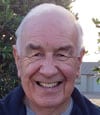 By Graeme ZL2TE
By Graeme ZL2TE
I guess that I caught the end of the golden Morse years for New Zealand communications. In 1956 I got a job as a telegram delivery boy. We were based in a little dungeon in the New Plymouth Post Office yard across from the Postal service where we sat on a bench waiting for our turn to bike around the city delivering telegrams.
Sure, this was a bit ho-hum but it was an income and I got to know the city intimately as I biked along every street many times. The magic happened at 5pm though, as the telegram despatch closed up and we moved upstairs to the telegraph department which thrived and bustled with the air filled with the rhythmic sound of Creed machines and the constant clatter of several Morse sounders.
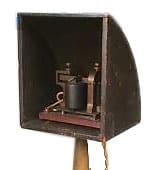 There were quite a few operators on duty in the day but by 6pm they had departed and the office contained only the supervisor and the telegram boy who was on duty. It was not too busy at this time and the delivery boy might only have to go on one or two runs in the night. This made it easy to chat to the supervisor. There were some really decent men working there who took a real interest in the telegram boys and were quite happy to teach us Morse when they had a spare moment – and really talk to us.
There were quite a few operators on duty in the day but by 6pm they had departed and the office contained only the supervisor and the telegram boy who was on duty. It was not too busy at this time and the delivery boy might only have to go on one or two runs in the night. This made it easy to chat to the supervisor. There were some really decent men working there who took a real interest in the telegram boys and were quite happy to teach us Morse when they had a spare moment – and really talk to us.
Most of the operators had been to the war and with their Morse experience got into Signals, although one of the supervisors wound up being a tank commander up against Rommel’s forces and I learned first hand what that life was really like. I’m sure the scars that he carried were not just the ones he showed me.
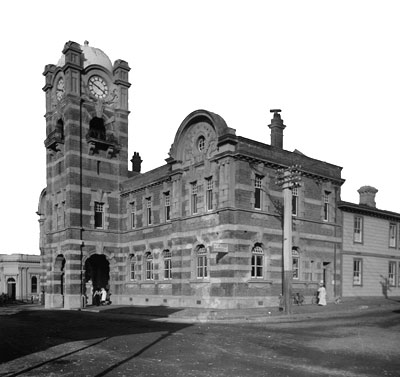
New Plymouth Post Office
“We still had the trams in those days and the tracks were a real hazard for bicycles.”
The supervisors liked to have some chips for supper and the delivery boys were normally sent down to the fish and chip shop to get some for them – and of course ourselves. One night it was pretty quiet and the supervisor decided that he would pop down and get them himself, and I was to hold the fort.
Well, he had hardly walked out the door when the Auckland circuit started sending dah-dit di-di-dah (New Plymouth’s code was “NU”). Auckland must have wanted us pretty bad as he started sending almost continuously. So, at about 10 wpm, I sent “The supervisor will be there in a minute” which stopped the NUs.
I told the supervisor when he got back – and I still don’t know if I did the wrong thing or not, as he gave me a strange look but said nothing.
There were some hard cases and some real sticklers. I recall one of the operators had got friendly with the operator at the other end of the circuit and as a leg pull used to end his run of messages with “KMA” which in the telegraphist world meant “Kiss my arse.” Finally this got overheard by one of the strict senior staff (probably so many times that he could no longer ignore it) and the guy was called up and asked to explain. Quick as a flash he said that there was a query on the message and KMA stood for “Keep message aside”. I doubt that any wool was pulled over any eyes; the point was made and KMA stopped.
A special key

“Telegraphists were trained to put 1st and 2nd finger on top and grip underneath each side with thumb and 3rd finger.”
The despatch supervisors were the telegraphists rotated through the office until finally a permanent appointment was made from an ex-telegraphist. He was pretty sharp about my rubbish sending and told me if I was going to learn I would do it properly. He came in off his own bat two evenings a week to teach me until I could do 20 wpm of “telegraphist standard” Morse. This put the cat amongst the pigeons as I was asked to attend the Morse Training School in Trentham with a view to becoming a telegraphist. But I had developed an interest in electronics and been offered a job as a technician, so that is where I went.
I had turned 16 by then and decided to do my ham licence. I was not worried about the Morse requirement of 15 wpm but trembled at the thought of the three-hour written paper. I very quickly got the cockiness knocked out of me at my Morse test when the Radio Inspector said “I’ll send you a minute of Morse as a practice run before we do the three-minute test.” He sent to me on a buzzer, which I could scarcely copy as I was so accustomed to a sounder. I just scraped in with my test – and gained yet another lesson in humility.
I got on with my career in soldering bits and pieces, but kept in touch with some of the telegraph guys.
In the meantime those who purport to know best decided that the old Post Office building was unsafe and should be demolished. Well it was a landmark and you can imagine what a flood of letters to the editor that caused and – jumping ahead of the story a bit – attempts to knock it down failed dramatically, bringing scorn to those who had advocated its destruction.
Finally, in 1969, the old Post Office was demolished. Of course part of the demolition was to relocate the equipment to the new premises and one day I got a call from a staff member whose name will never be mentioned saying: “I have rescued the key from the despatch and I know how you revere it, so it’s now yours.”
Of course I still have the key and have used it for every Straight Key Night that I have participated in. It’s really scruffy as the young lads idly dug pencils into the wooden base and it was allowed to tarnish. The tapered pivot pin is rusted but every mark is a memory and I will never restore it as it still looks the same as when I learned on it and that is important to me.
Award for NZ Net founder
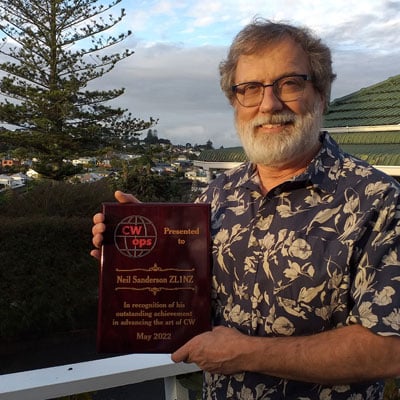 Some NZ Net members have been part of a clandestine radio operation recently, nominating me for the CW Ops annual award for advancing the art of CW.
Some NZ Net members have been part of a clandestine radio operation recently, nominating me for the CW Ops annual award for advancing the art of CW.
I had no idea this was going on until I received an email from CW Ops telling me I was getting an award, so it was a very nice surprise.
Other recipients of the 2022 award, announced on 19 May during the CW Ops annual dinner at the Dayton Hamvention, are Kurt AD0WE (developer of Morse Code Ninja) and the Long Island CW Club.
I am honoured and would like to sincerely thank David ZL2WT, for organising the nomination, and the many NZ Net members who co-sponsored it.
– Neil ZL1NZ
Audio challenge
Many evenings, after the NZ Net finishes, I tune around in search of some CW to copy, and that often takes me out of the amateur bands.
On the 8 and 12 MHz bands I know I will always hear strong signals from the two stations in this recording (made last week).
Your challenge is to identify the stations by callsign and location.
You can send me your answer via radiogram or email.
Answer to previous Audio Challenge:
The quotation was correctly attributed to actor Sam Neill by ZL2GVA, ZL2WT and ZL3TK.
Questions and Answers from 1923
David ZL2WT sent in the following questions and answers. These were published in Break-In in 1969, but had been first published in 1923 although the original source and context are unknown. The advice does not seem to have aged well, apart from the final question, perhaps.
Q. Is it likely that the “spark” system will be superseded by continuous waves for maritime communication?
R. Not at all likely. The traffic problems which could arise if CW were employed are almost insuperable. When stations have to be constantly picked up and working with numbers of others at short notice, it is necessary to employ rather broad tuning.
Q. How much power is necessary to ensure reliable communication across the Atlantic?
R. Since it is not desirable to use ultra sensitive receivers on a regular commercial service, a fairly high power is necessary and most of the trans-Atlantic stations use over 100 Kilowatts. This, of course, provides a considerable reserve of power for occasions when conditions are bad. If sensitive receivers were used about 10 Kilowatts would suffice, but the service would be liable to interruption by jamming and atmospherics.
Q. What wavelengths are best for covering very large distances?
R. Short waves of the order of 200 metres appear to possess remarkable carrying power under favourable conditions, but they are extremely erratic and variable, and seem to be very easily absorbed by obstacles. It is therefore customary to use very long wavelengths for long-distance work, since such waves do not vary in the ranges which they will cover, are not easily absorbed, and do not exhibit much variation between night and day.
Q. What length of time must elapse in learning to read Morse with fair efficiency?
R. The answer must depend entirely on the speed which it is desired to attain. A month’s steady application should enable the student to read ten or twelve words a minute. To read at the higher speeds, about twenty, requires anything from three to six months.
Break-In, May 1969, page 131
Speaking of spark, does your gap need quenching? See the item in this edition’s Advertising Archive.
Video: German Novoplex bug from 1938
This key has some really nice features, including a speed indicator.
Net tip: How to decline traffic
Many of these columns contain ideas about traffic handling, but this one is about non-traffic handling!
NZ Net is capable of handling formal traffic, and some of us enjoy doing that, but it’s not everyone’s cup of tea and it has never been a requirement for participating in the net.
This creates a potentially awkward situation where a traffic handler might try to send a message to a station that isn’t interested in receiving it. This can happen quite innocently. For example, there is currently a “Chinese whisper” message being sent from station to station, which requires that each station pick someone to send it to.
So, what should to you do if you’re not a traffic handler and someone asks you to receive a message?
Here’s my suggestion:
Station with traffic to send: QTC1 QRV? Non-traffic station: NO TKS (or NO TNX)
Also, if you’re a non-traffic station and you decide in the future that you would like to try traffic handling, the easiest way to get the ball rolling is to send a radiogram to one of the traffic handling stations. Or you can always contact me if you’d like some help.
Otherwise, we’ll try not to inflict traffic on you! 🙂
Advertising archive
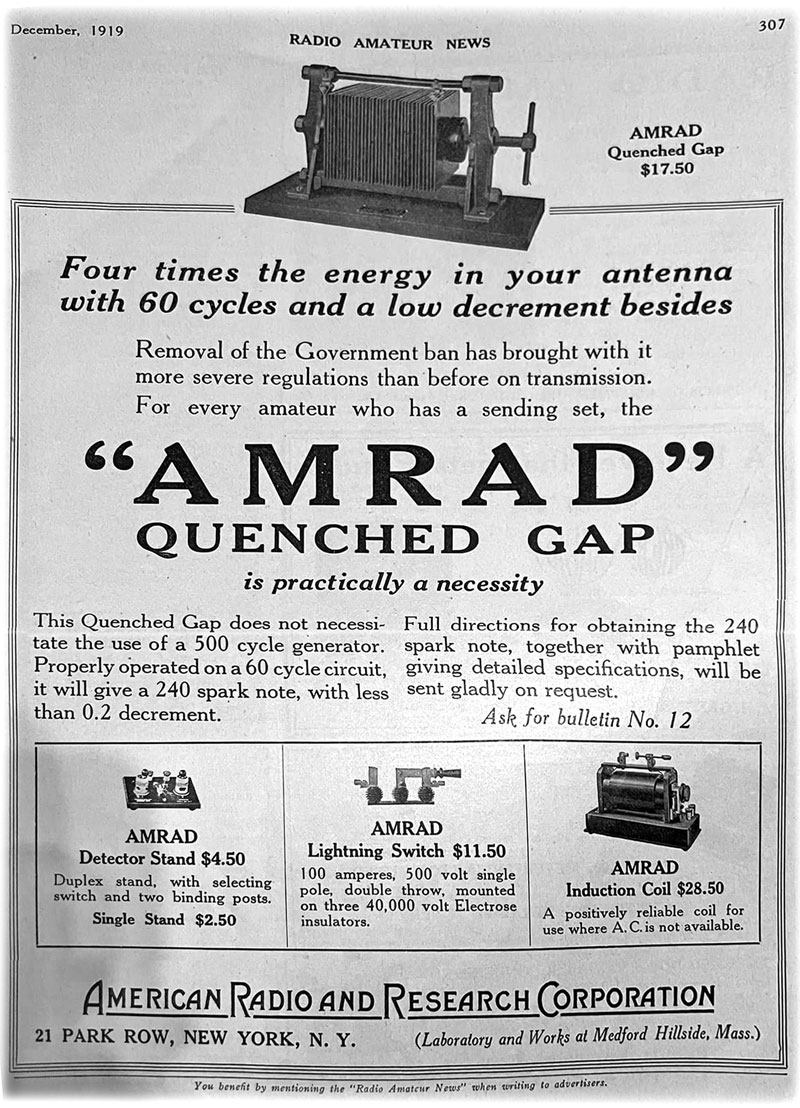
Suggestions?
If you have suggestions on how to make the NZ Net better, or things you’d like to see covered in these updates, please contact ZL1NZ. You might even like to write something for the newsletter.
Thanks for reading, and I hope to hear you soon on the NZ Net!
—
Neil Sanderson ZL1NZ, Net Manager
New Zealand Net (NZ NET)
3535.0 kHz at 9pm NZT Mon-Fri




